Removing Exp.CVE-2018-4892 Successfully
Exp.CVE-2018-4892 causes following error 0x80240022 WU_E_ALL_UPDATES_FAILED Operation failed for all the updates., 0x000000E4, 0x80246003 WU_E_DM_UNKNOWNALGORITHM A download manager operation could not be completed because the file metadata requested an unrecognized hash algorithm., 0x80242006 WU_E_UH_INVALIDMETADATA A handler operation could not be completed because the update contains invalid metadata., 0x0000009F, 0x8024CFFF WU_E_DRV_UNEXPECTED A driver error not covered by another WU_E_DRV_* code. , 0x8024A004 WU_E_AU_PAUSED Automatic Updates was unable to process incoming requests because it was paused., 0x8024E001 WU_E_EE_UNKNOWN_EXPRESSION An expression evaluator operation could not be completed because an expression was unrecognized., 0x00000060, 0x00000006, 0xf0802 CBS_S_ALREADY_EXISTS source already exists, now copy not added, 0x8024002C WU_E_BIN_SOURCE_ABSENT A delta-compressed update could not be installed because it required the source.Get Rid Of Exp.CVE-2018-4892 Tips For
A threat like Exp.CVE-2018-4892 damage the whole Operating System and make other install program unresponsive. This threat is very risky for the all Windows version including the newly released Windows 10 Operating System. The malicious mind behind the creation of this Exp.CVE-2018-4892 threat is used to hamper more and to steal useful resource from the infected Operating System. On every web browser there is option to save password, this is done for the user convenience. The hacker will attack on those web browser, mainly on the default one to collect those saved password. It can be off your social account, email, or even on banks.
Which is the reason you must Delete Exp.CVE-2018-4892 virus from your infected Operating System. Moreover this threat will compromise the security program of the infected Operating System, which allow other harmful threat to enter. As the Operating System is already infected with Exp.CVE-2018-4892, therefore the other threat will surely damage all the functionality of your Operating System. Which is why you must need to Delete it.
Step 1 : Delete Exp.CVE-2018-4892 From Web Browser
Step 2 : Reset Your Browser Settings To Delete Exp.CVE-2018-4892
Step 3 : Delete Exp.CVE-2018-4892 From Task Manager
Step 4 : Delete Exp.CVE-2018-4892 From Registry Editor
Step 5 : Delete Exp.CVE-2018-4892 Through Control Panel
Step 6 : Start Your PC in Safe Mode With Networking To Delete Exp.CVE-2018-4892
Step 1 : Delete Exp.CVE-2018-4892 From Web Browser
Delete From Google Chrome
- To open Menu click on 3 Horizontal icon top right corner of Chrome Browser.
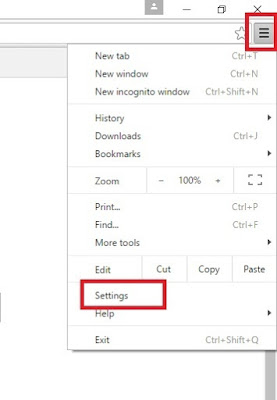
- A drop Down list will open >> select the Settings/ Extension option.
- If Settings panel get open >> then click on Extension Tab.

- If Extension Windows will be open select the malicious extension from the list.
- Then finally click Trash / Recycle icon to Delete Exp.CVE-2018-4892 from Google Chrome.
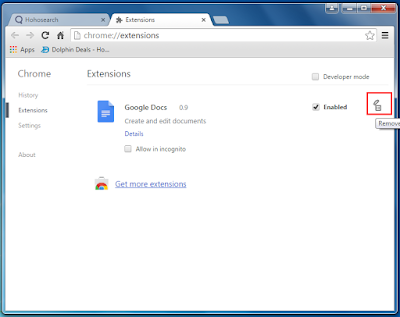
Delete From Internet Explorer
- Select the Tools button from Internet Explorer.
- On the Tools section select Manage add-ons.
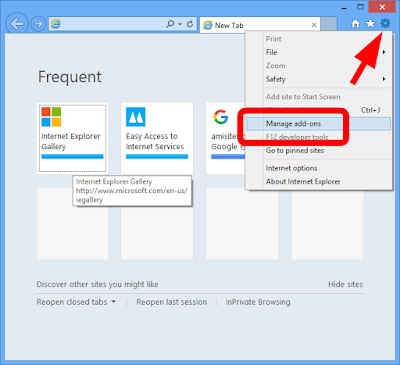
- From the Add-ons list, select the add-on you want to turn off/remove.
- The Select Disable option .
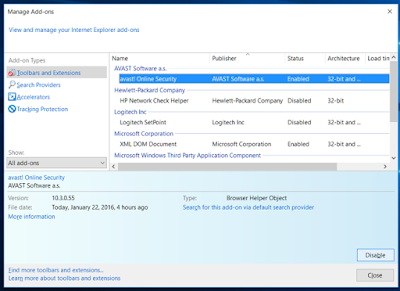
- Now Finally Restart The Internet Explorer to Delete Exp.CVE-2018-4892.
Delete From Mozilla Firefox
- Click Menu Button then choose Add-ons.
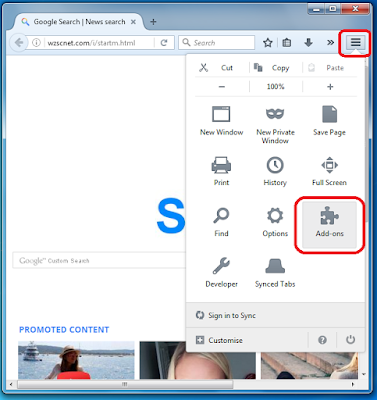
- Now the Add-ons Manager Tab will open.
- Here you need to select the Extensions or Appearance panel.
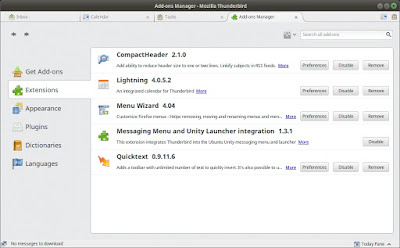
- Then simply select the add-on from list you wish to remove.
- Now click on the Delete button.

- Finally Restart the Mozilla Browser to Delete Exp.CVE-2018-4892.
Delete From Microsoft Edge
- Select More option to open the menu on Microsoft Edge.
- Then select Extensions from the Menu drop down list.
- On the Extension right-click on it to Delete.

- Now click the Remove button.
- Finally Restart the Microsoft Edge Browser to Delete Exp.CVE-2018-4892.
Reset Google Chrome
- Click on Menu from right corner of Chrome Browser.
- A drop list will appear, select Settings from here.

- When Settings panel will appear >> go to search box.
- On Search Box type RESET.
- Click the Reset button when confirmation Pop-up Windows will appear.

- This will Delete Exp.CVE-2018-4892 from Google Chrome Browser.
Reset Microsoft Edge
- Click the three horizontal dots to open the Settings menu.
- Then choose Settings option from here.
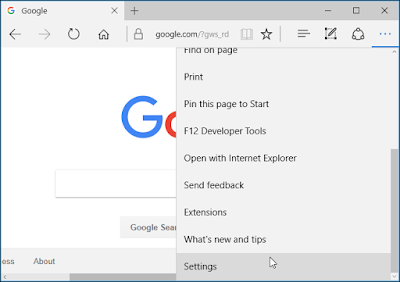
- Then under Settings section click on Clear Browsing Data.
- Here click on Choose what to clear >> then click Show more.
- Select all and click Clear.

- Restart your Microsoft Edge to Delete Exp.CVE-2018-4892.
Reset Internet Explorer
- Click on Tools menu and select Internet Option.
- Click on Advance tab and then hit the Reset button.

- Find Delete Personal Settings option and press Reset Button.
- Restart your Internet Explorer to Delete Exp.CVE-2018-4892.

Reset Mozilla Firefox
- On Mozilla Firefox click Menu option and then press Help option.
- Select Troubleshooting Information option.

- On this panel click on Refresh Firefox button.
- Press Refresh Firefox to complete the process.
<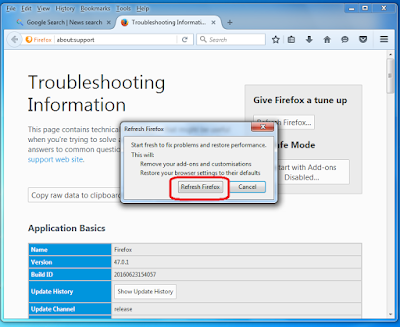

- This will Delete Exp.CVE-2018-4892 from Mozilla Firefox.
- Right-click on task Bar and select Task Manager.
- Press ALT+Ctrl+Del buttons to open Task Manager.
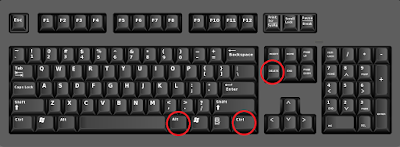
- When Task Manager will open select the Malicious Task.
- From here click on End Task button to Delete Exp.CVE-2018-4892.

- Press Win + R keys together to open Run Command.
- Type regedit and click OK or Hit Enter.

- Find and Delete all related registry files of Exp.CVE-2018-4892.
- HKEY_LOCAL_MACHINESYSTEMCurrentControlSetServicesWpm
- HKEY_CURRENT_USERSoftwareMicrosoftInternet ExplorerMain “Default_Page_URL”
- HKEY_LOCAL_Machine\Software\Classes\[name]
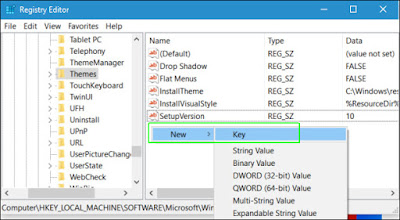
Delete Exp.CVE-2018-4892 From Windows XP
- Click on Start menu and select Control Panel.
- Now press on Add or Remove programs option.
- Find and Delete unwanted program from your PC.
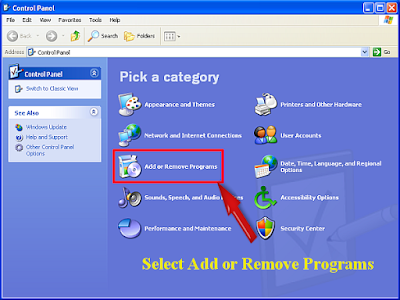
- Then Restart your PC to Delete Exp.CVE-2018-4892.
Delete Exp.CVE-2018-4892 From Windows 10
- Click on Start then select Settings option.
- From Settings section choose System option there.

- The click on Apps and Features option.
- Here select the unwanted program and remove from your PC.

- Restart your PC to Delete Exp.CVE-2018-4892.
Delete Exp.CVE-2018-4892 From Windows 8
- Press Win+R button to open Run Box on your computer.
- Type control panel in Run window and hit Enter button to open Control Panel.
- Click Uninstall a program.
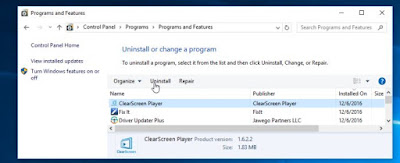
- From this Windows Right-click on Exp.CVE-2018-4892 to remove it.
- Restart your PC to Delete Exp.CVE-2018-4892.
Delete Exp.CVE-2018-4892 From Windows 7
- Select Control Panel Option from Start menu.
- Select Uninstall A Programs option from the Programs menu.
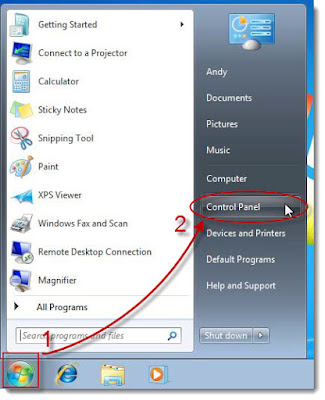
- Finally select and Delete unwanted program from your system.
- Then restart your PC to Delete Exp.CVE-2018-4892.
Start Windows XP/Vista/7 In Safe Mode To Delete Exp.CVE-2018-4892
- To Restart >> Click on Start menu >> select Restart button.
- Continue press F8 button until you don't see the Advance Boot Option.

- On Advance boot menu >> select Safe Mode With Networking Option.
- The press Enter button.

Start Windows 8/10 In Safe Mode To Delete Exp.CVE-2018-4892
- To Restart >> Click on Start menu >> press Shift key and the hit Restart button.
- Now as the screen show >> select Troubleshoot option.
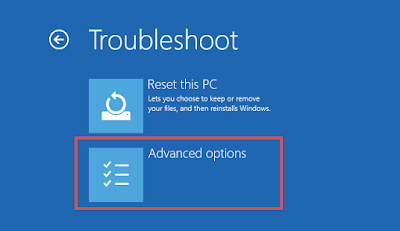
- On the next panel you need to click on Advanced Options.
- The again on new section choose Startup Settings option.

- From here select Enable Safe Mode option and the click Restart button.


No comments:
Post a Comment